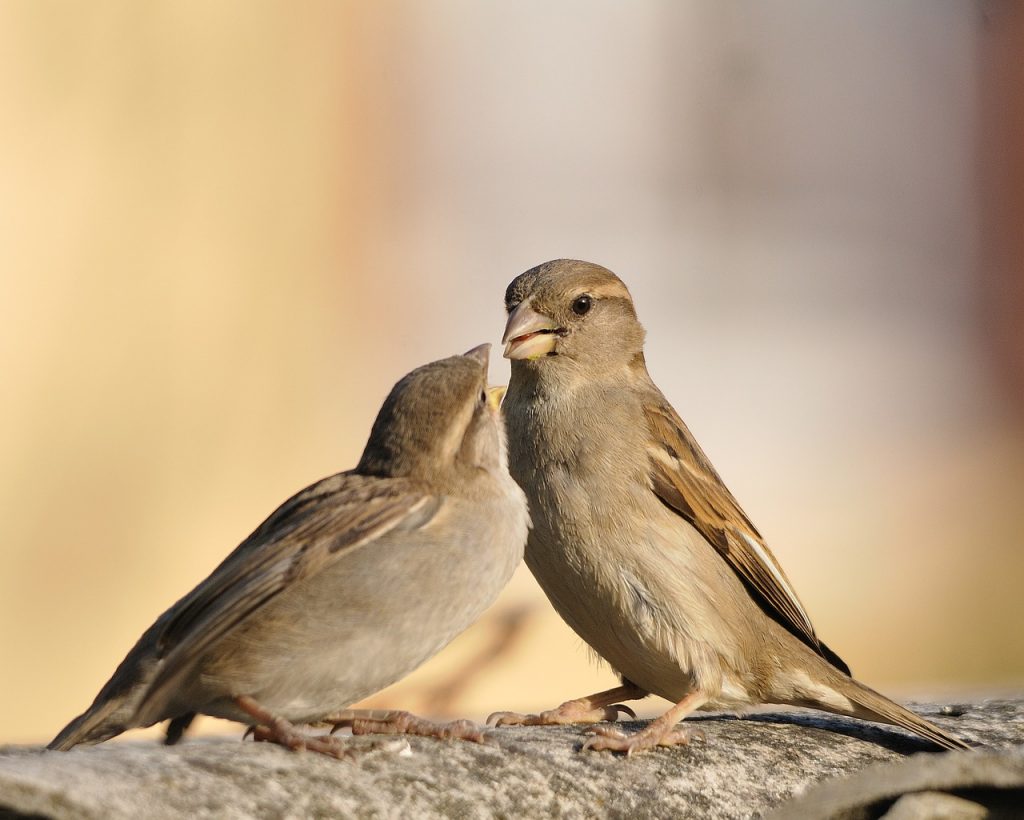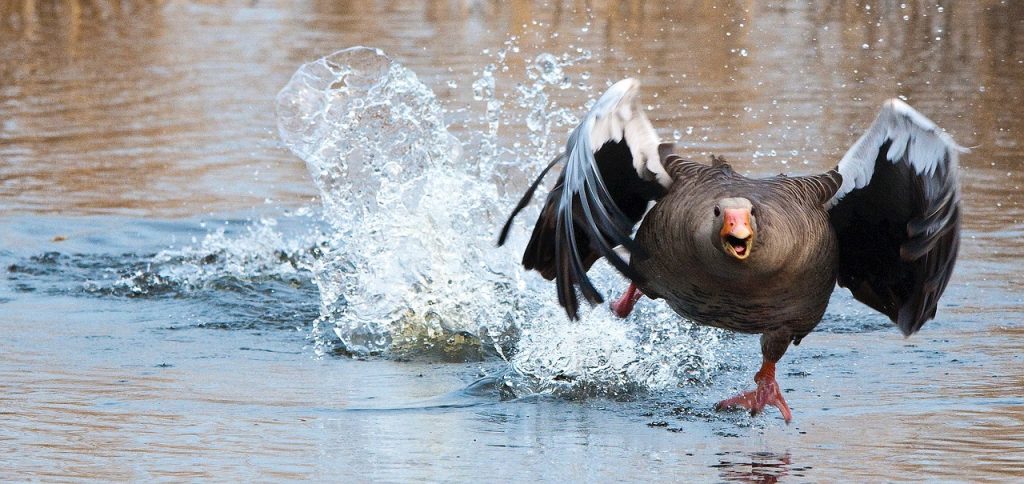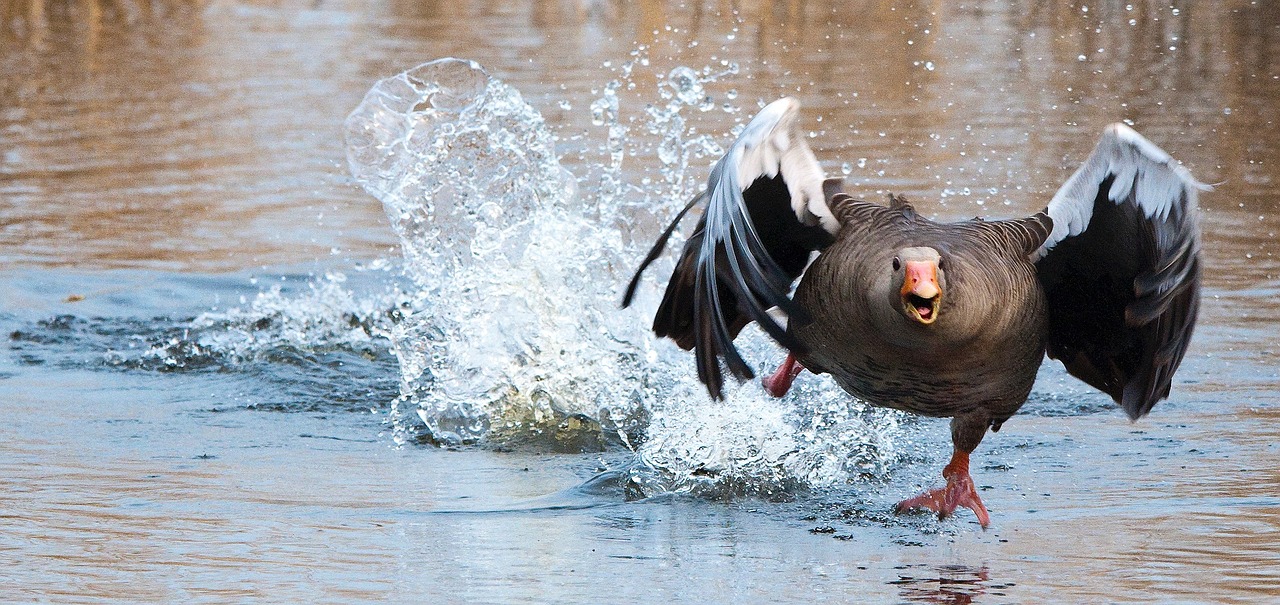Contrary to what some people might try and make you believe, you don’t need to be rich to take stunning photos of birds and other wildlife. You don’t need to spend tens of thousands of dollars; or even thousands of dollars if you can’t or don’t want to.
Although the top of the range, very best telephoto lenses will always be the best of the best and provide maximum capability of obtaining the highest quality images, the difference isn’t as great as people might worry about. After all, not everyone has $15,000 to spend on a 600 f4 telephoto – nor does everyone want to carry around such a beast.
So if you’re on a budget, you have two options when it comes to buying photography gear that will yield you the best image quality and best performance for your buck:
- Buy used DSLR equipment
- Buy lower range DSLR cameras and lenses and learn their limitations
- Buy an affordable point and shoot or superzoom (note that sometimes these can cost more than a DSLR)

1. Buying Used
Used camera equipment allows you to get yesterday’s latest technology much cheaper than it was selling for new yesterday (or a few years ago, to be more accurate). Camera tech moves fast and the big brands introduce new camera bodies regularly, especially at the lower end.
Generally a DSLR made 5 or more years ago is still going to be an awesome body capable of outstanding image quality.
Take for example the Nikon D300 or D300S. Top of the DX (cropped sensor range) of its time around 2009, you can now pick up a used one for $200-300. And guess what? They can take absolutely stunning photos of birds! They also have superb autofocus.

No, they don’t match the newest D500 for dynamic range and the latest autofocus technology, but with a price difference of around a couple of thousand dollars, you’re making some compromises and saving big on cash that can go towards a lens.
In good light conditions, paired with a decent lens and in the hands of a capable operator, a D300, D90 or other older camera body is certainly capable of excellent results.
Of course, if you pair a dud lens with any body your photos will disappoint, so a lens will be your biggest investment if you’re going the DSLR path. More on that below.

There’s plenty to keep in mind when you’re buying a used camera. Whether you’re using eBay, a local classifieds site like Craigslist or Gumtree, online forums or elsewhere, besides ensuring the seller is trustworthy, these are the main technical aspects to look at to help you avoid disappointment with your “new old camera” when it arrives:
Shutter Count
This is the first metric to look at on a used DSLR camera. This is like the mileage on a car engine – every DSLR has a maximum shutter life before the shutter mechanism needs replacing, however this is not always predictable and some bodies will continute working perfectly well after the max rated shutter count is reached (like a trusty old Toyota that just keeps on going). The seller should clearly state the shutter count of the camera body. If they refuse to reveal the count – move on.

Buying New
Entry level DSLR cameras might get sneered at by many, but don’t let that worry you.
Today’s entry level cameras like the Nikon D3500 are fitted with a sensor that produces image quality equal to that of cameras costing ten times as much.
That means if you’re happy to forego things like camera body size and ruggedness and the complexities of higher end bodies as well as their advanced features and abilities; then a modern entry level camera will allow you to get superb photos once you’ve learned to master the camera.
